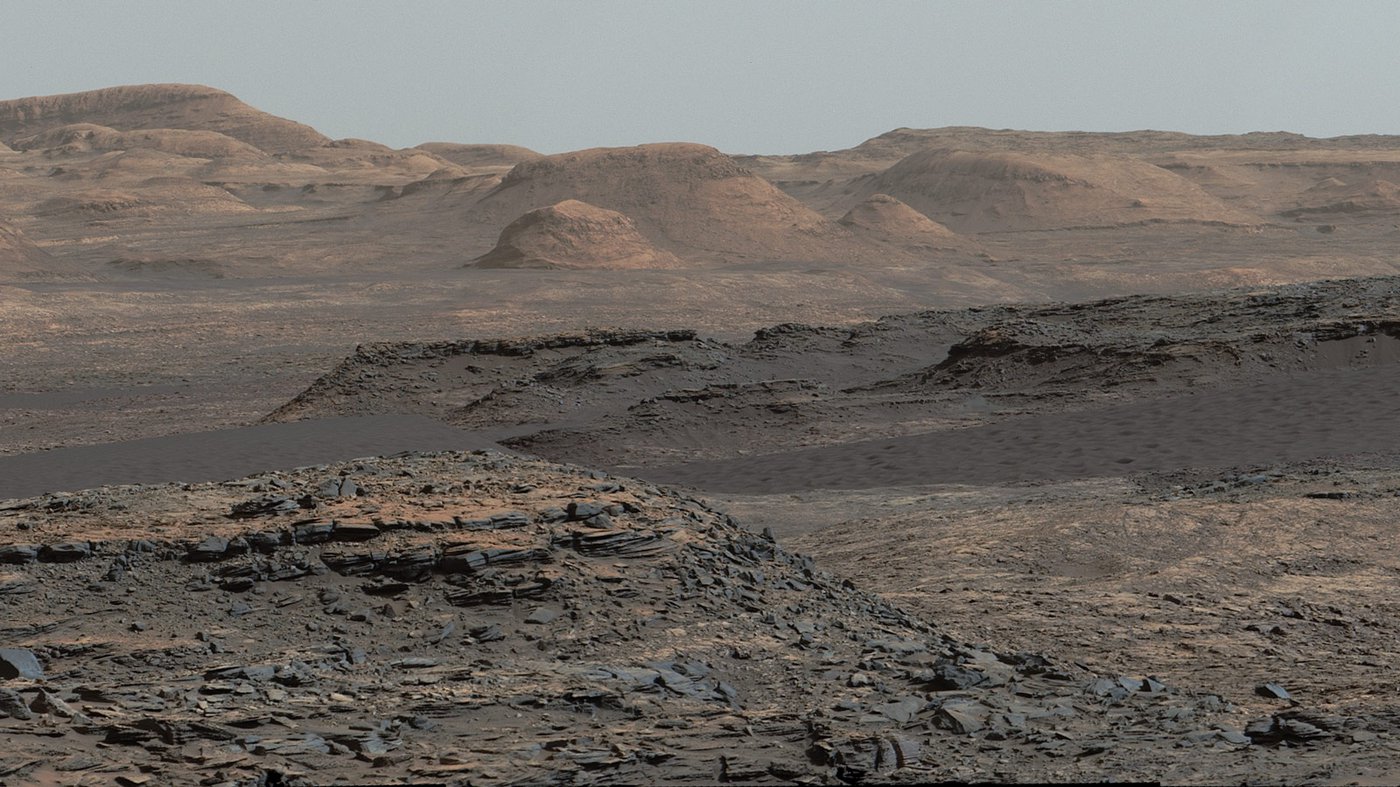On its way to higher layers of the mountain where it is investigating how Mars' environment changed billions of years ago, NASA's Curiosity Mars rover will take advantage of a chance to study some modern Martian activity at mobile sand dunes.
In the next few days, the rover will get its first close-up look at these dark dunes, called the "Bagnold Dunes," which skirt the northwestern flank of Mount Sharp. No Mars rover has previously visited a sand dune, as opposed to smaller sand ripples or drifts. One dune Curiosity will investigate is as tall as a two-story building and as broad as a football field. The Bagnold Dunes are active: Images from orbit indicate some of them are migrating as much as about 3 feet (1 meter) per Earth year. No active dunes have been visited anywhere in the solar system besides Earth.
"We've planned investigations that will not only tell us about modern dune activity on Mars but will also help us interpret the composition of sandstone layers made from dunes that turned into rock long ago," said Bethany Ehlmann of the California Institute of Technology and NASA's Jet Propulsion Laboratory, both in Pasadena, California.
 This Sept. 25, 2015, view from the Mast Camera on NASA's Curiosity Mars rover shows a dark sand dune in the middle distance.
Credit: NASA/JPL-Caltech/MSSS
This Sept. 25, 2015, view from the Mast Camera on NASA's Curiosity Mars rover shows a dark sand dune in the middle distance.
Credit: NASA/JPL-Caltech/MSSS

